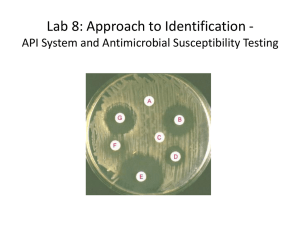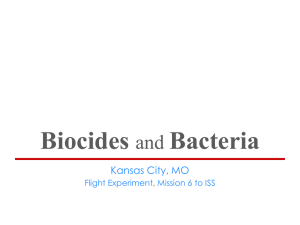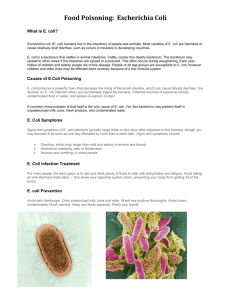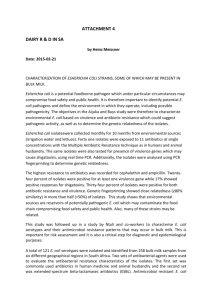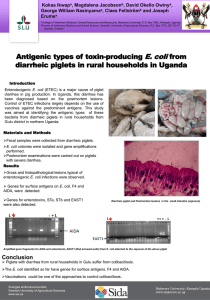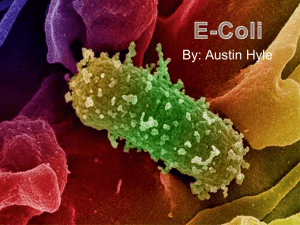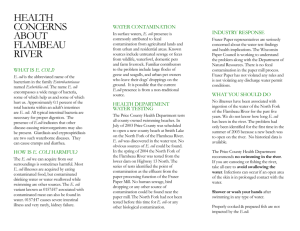powerpoint - SSEP | Student Spaceflight Experiments
advertisement
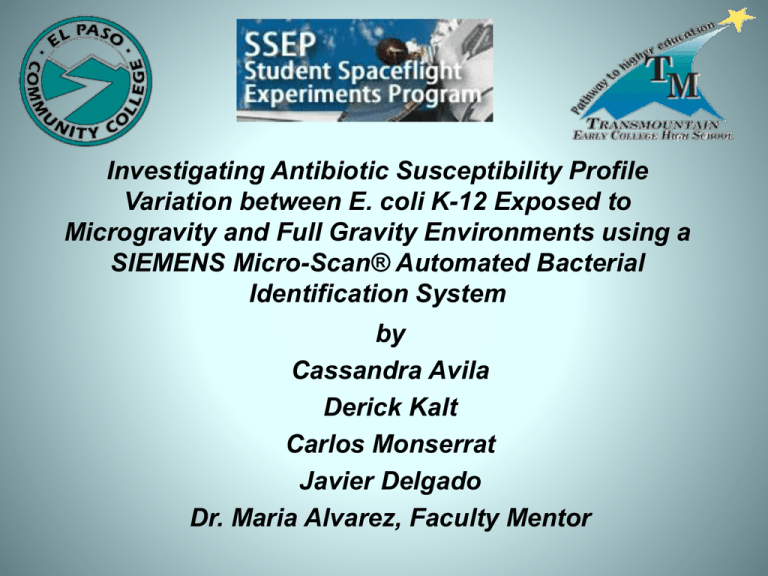
Investigating Antibiotic Susceptibility Profile Variation between E. coli K-12 Exposed to Microgravity and Full Gravity Environments using a SIEMENS Micro-Scan® Automated Bacterial Identification System by Cassandra Avila Derick Kalt Carlos Monserrat Javier Delgado Dr. Maria Alvarez, Faculty Mentor Background and Introduction • Previous studies indicate that when cells are exposed to radiation, the most common form of damage is the deletion of certain DNA segments, which can lead to mutations • Mutations can lead to changes in gene expression • The effects of radiation-induced mutations in microgravity on the growth of bacteria and antibiotic susceptibility patterns has not been investigated • Escherichia coli is a bacterium found in the intestinal tract of humans and animals that can develop resistance to antibiotics. Objectives • The objective of our project is to determine if the antibiotic susceptibility patterns of E. coli K-12 change after exposure to microgravity and space conditions. Methods • E. coli K-12 was grown in LB Broth • Suspensions of E. coli at 1X108 CFU/ml were kept at normal vs microgravity conditions • Samples were analyzed using the Siemens Microscan automated microbial identification system Siemens Automated Microscan System • Automated microbial identification system • Based on biochemical reactions • Provides antibiotic susceptibility data and displays minimal inhibitory concentrations (MIC in mg/L) for commonly used antibiotics • Results in 24-48 h Instrument Processing Isolate bacteria Anaerobic vs. aerobic pathogens Gram negative vs. positive Biochemical Assays Oxidase Test Compare results to database Identifies probability and species Select Biochemical Tests Test Positive Negative GLU Strong Yellow Orange to red URE Magenta to pink Yellow, orange or light pink H2S Black precipitate No blackening Ground Control Sample E. coli at 99.99% Probability of Correct Identification Ground Control Sample Antibiotic Susceptibility Pattern Experimental Sample (Microgravity) Sphingomonas paucimobilis at 99.99% Probability of Correct Identification Experimental Sample Antibiotic Susceptibility Pattern Conclusions • E. coli kept at regular earth’s gravity conditions (Ground control) displayed normal biochemical reactions and antibiotic susceptibility patterns • We were unable to recover E. coli from the sample exposed to microgravity • Bacteria that overgrew the E. coli was identified as Sphingomonas paucimobilis • Experiment will be repeated Acknowledgments Jose Mendoza Gloria Anchondo Dr. Violeta Chavez Dr. Jeff Goldstein and SSEP Program John Cassanto and ITA This project was supported in part by: Texas Space Grant Consortium Foundation for EPCC MSEIP Grant Number P120A080025 MBRS-RISE Grant Number 5R25GM060424 EPCC President’s Office
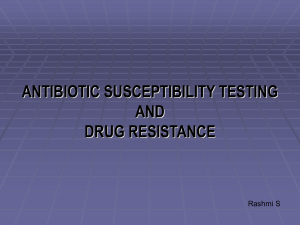
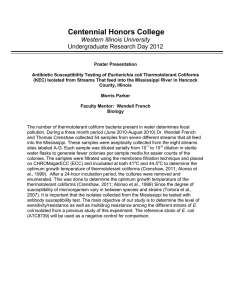
![Kansas City, MO, Team 2 [Mission 6, Flight Experiment]](http://s2.studylib.net/store/data/009852325_1-dec1e4dce2b7903372c7414480081857-300x300.png)
